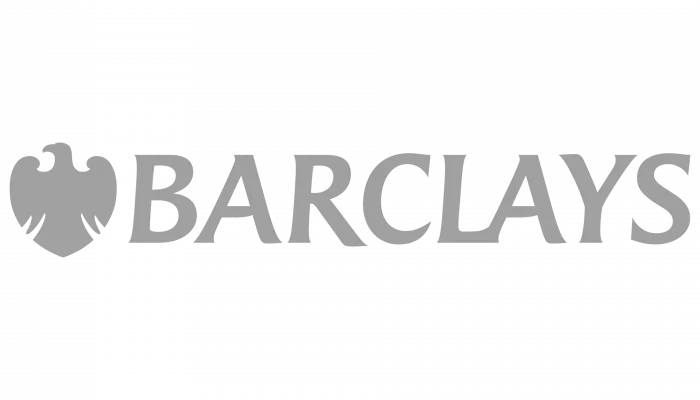Like a Lifetime Mortgage, a Home Reversion Plan is another method of Equity Release.
A Home Reversion Plan allows you to access all or part of the value of your property whilst, at the same time, retaining the right to remain in your property, rent free, for the remainder of your life.
With a Home Reversion product the provider will purchase all or part of your house taking into account your age and your health and will provide you with a tax free cash lump sum (or regular payments) and a lease for your lifetime.
To clarify, you will no longer own that proportion of your home - the Home Reversion provider will. Whereas with a Lifetime mortgage, you still own the property.
The percentage of your home that remains yours until the end of the plan and will always remain the same regardless of any future changes in its value. At the end of the plan your property is sold and the sale proceeds are shared according to the remaining proportions of ownership.
As with a Lifetime Mortgage, the Home Reversion Plan can give a homeowner some certainty with regard to their financial future. With a Home Reversion Plan the client knows precisely what he or she has left as a proportion of the property’s value at the end of the plan. This allows for some to be ring-fenced for later use or to bequeath to the beneficiaries of their estate.
There are advantages and disadvantages to both types of plan, so it’s important for you to find out as much as you can, to get qualified advice and, if possible, to talk it over with your family to ensure you choose the best plan to fit your particular needs.
Which type of Equity Release Plan you choose will depend on your personal circumstances. As members of the Equity Release Council and Independent Mortgage Advisors, Mortgage Required are ideally placed to help you find the best solution for your particular needs now and into the future.
Related articles:
Recent posts
Best UK Mortgage Rates this Week
Yesterday

Here are the lowest fixed mortgage rates of the week, available to first-time buyers, home movers, buy-to-let, and those remortgaging.
Call us for more information: 01628 507477 or email: team@mortgagerequired.com.

Just because the Bank of England decides to reduce the base rate, this doesn't automatically mean that your mortgage rate will go down.
Autumn Budget 2025: A Summary
23 days ago

Chancellor, Rachel Reeves, has delivered the Autumn 2025 budget. We have summarised the government's plans for tax and spending.
Renters' Rights Act
14 Nov 2025

The Renter’s Rights Bill became law at the end of October, which means it has been signed off by the King, and it is now the Renters’ Rights Act. Despite this becoming law, these changes are likely to start changing within the next six months, with the aim of being fully implemented throughout 2026 and into 2027.

A welcome change in school is coming as financial literacy is due to become compulsory in schools in England.
The Government has announced that as part of the new national curriculum, children in primary and secondary education will be required to learn about budgeting, compound interest, managing money, and mortgages.
The top 10 most beautiful villages in the world
24 Oct 2025

Forbes has published a global ranking of stunning locations and one popular picturesque corner of the UK has nabbed top spot.

Over three years after the Mini-Budget took place, we look at what the mortgage market looks like now, showing the difference in mortgage repayments.

The government has announced plans to make buying or selling a home cheaper and quicker with what is being called the “biggest shake-up to the homebuying system in this country’s history.”



















